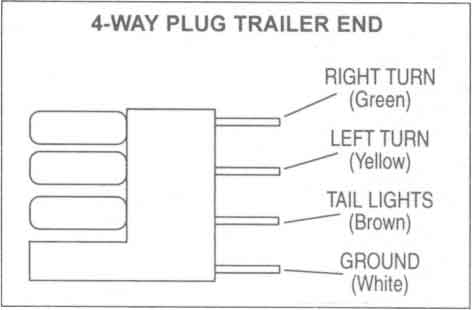I hate to suggest the specific application ‘bicycle’ because it may be use to protect many items from theft. This anti-theft alarm project is built around the inexpensive Measurement Specialties DT piezo film sensor. Every now and then everything seems to work out perfectly as in the Yin and Yang of the cosmos, and this is one of them.
It is simple, inexpensive and practical…
Anti-Theft Alarm Schematic Bill of Material
Bill of Material anti-theft BOM.xls
 Piezo sensor
Piezo sensor 
I received this DT piezo film sensor as a sample years ago. It was attached to the application page via a round sticker. I never removed the sticker, but used it to attach #6 nut to increase inertia at the tip of the device—I could have experimented with other small masses, but this worked well from the git-go, so I left it that way. When the film is flexed, it produces a voltage at the terminals.
http://www.meas-spec.com/downloads/DT_Series.pdf
Initial experiments with the sensor were disappointing—I observed voltage and connected it to a charge pump type detector—yes, it functioned, but sensitivity was poor.
Single JFET transistor charge amplifier Then I read up on charge amplifiers. One good discussion is “Signal Conditioning Piezoelectric Sensors” http://www.ti.com/lit/an/sloa033a/sloa033a.pdf
The paper discussed using FET input op amps in such a way that the sensor develops no voltage at the output terminals—only generates a current that is then amplified by the charge amplifier. This is important because the sensor has significant capacitance (e.g. 500pf) and any voltage generated by the sensor is swamped by this capacitance thus greatly attenuating the output voltage.
Then the wheels started turning—and I thought up a means of using a single JFET as a charge amplifier. This I bread boarded and tested—performance was phenomenal! The source feedback resistor doubles as a negative feedback device depending upon the position of the trim pot adjustment.
JFET selection 
Unfortunately, the selection of TO-92 style JFETs is now limited, but the J111, J112 & J113 seem to be going strong. These three vary mainly in the Idss parameter (drain current with gate shorted to source). The J113 has a min Idss of 2mA that is best for our application because one goal is to minimize battery current. Since I did not have one of these devices on hand, I used an ancient MPF-106. I experimented with a total of (7) JFET devices, and only one would not work and that was because its Idss was so high that it turned itself fully on—I could have used this device by reducing the value of R3, but that would have increased battery drain. As it was, this stage consumed 160uA—similar to a low power op amp. NXP has the best J113 datasheet:
http://www.nxp.com/documents/data_sheet/J111_112_113_CNV.pdf
Charge pump detector The charge pump detector is essentially the same as a cascade voltage doubler rectifier that is used for signal applications. It detects the peak to peak voltage of the AC input voltage waveform (minus the diode drops). In this circuit C2, C3, D1 & D2 perform this function. Additional sensitivity adjustment is possible via adjusting the value of C2. The value of C3 effects both attack and decay time.
Anti-Theft Alarm Oscillograph  Anti-Theft Alarm Protoboard
Anti-Theft Alarm Protoboard  555 voltage threshold detector/pulse generator
555 voltage threshold detector/pulse generator You may recall that in a previous article, I did not recommend using pin 4 as a level detector.
http://electroschematics.com/7195/quirky-555-timer-reset-function/
However, I should have qualified it to allow the TLC555 CMOS device manufactured by TI. This device works well in this application with its low reset threshold (1.1V) and very high input impedance.
Wired as an astable multivibrator, the external components draw no additional current when in the reset condition. With a repetition rate of 2hZ, it gets maximum attention.
The TLC 555 is unable to source the required load of 28mA, so a 2N4401 provides the additional drive capability.
Battery operation Idle current is about 300uA. Theft alarm mode current is about 28mA. This lends itself well to long 9V alkaline battery life. Furthermore, when the key switch is off, drain is zero.
Physical construction Note this is something that I did not build, but this is how I would do it. The plastic box is indicated on the BOM. It may be attached to the bicycle frame via two cable ties that pass through holes in the box (either cover or box may be made stationary). If higher security is desired, cut slots in the box and use small stainless steel hose clamps with the buckle located inside the box where it is inaccessible—getting it all to fit may be a challenge. The LEDs are located on the left and right sides to obtain maximum attention—with the correct hole diameter, the LEDs are a press fit.
The key switch may be scavenged from an old desktop computer (if you can locate one with the key). They are also available on eBay at a very reasonable price (new)—used ones are expensive.
Glossary of undocumented words and idioms (for our ESL friends)
git-go –idiom, noun, variation of get-go –from the beginning or outset—although not indicated, I think that it was derived from the old animal handling (horse) phrase “giddy up”
wheels started turning –idiom, started to think
555 datasheet



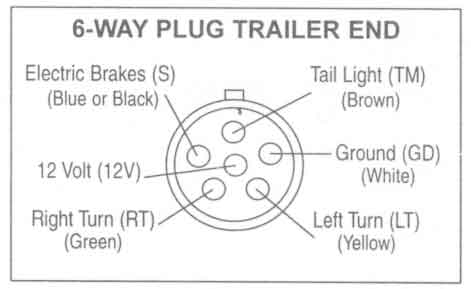



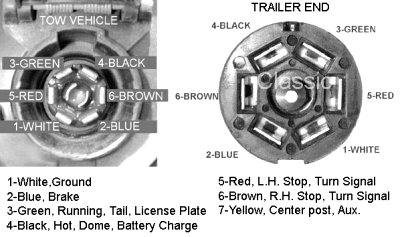
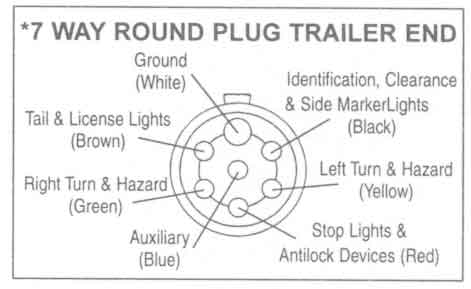










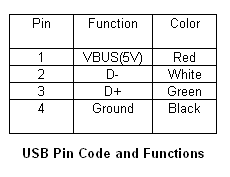














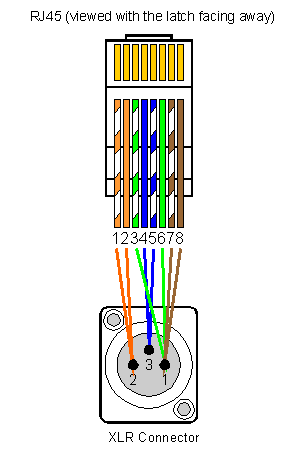

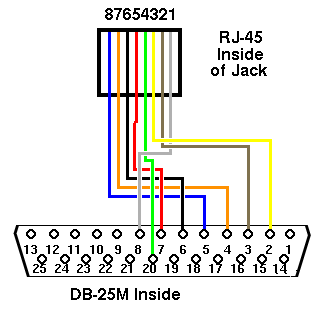
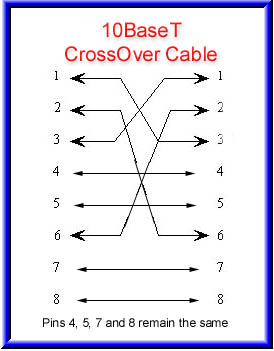
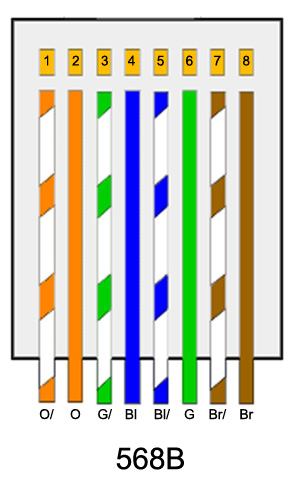
 The transformer is a 220V to 12V, 50Hz and 3.6VA PCB type transformer. The model seen in the photo is HRDiemen E3814056. Since it is encapsulated, the transformer is isolated from the external effects. A 250V 400mA glass fuse is used to protect the circuit from damage due to excessive current. A high power device which is connected to the same line may form unwanted high amplitude signals while turning on and off. To bypass this signal effects, a variable resistor (varistor) which has a 20mm diameter is paralelly connected to the input.
The transformer is a 220V to 12V, 50Hz and 3.6VA PCB type transformer. The model seen in the photo is HRDiemen E3814056. Since it is encapsulated, the transformer is isolated from the external effects. A 250V 400mA glass fuse is used to protect the circuit from damage due to excessive current. A high power device which is connected to the same line may form unwanted high amplitude signals while turning on and off. To bypass this signal effects, a variable resistor (varistor) which has a 20mm diameter is paralelly connected to the input. Another protective component on the AC line is the line filter. It minimizes the noise of the line too. The connection type determines the common or differential mode filtering. The last components in the filtering part are the unpolarized 100nF 630V capacitors. When the frequency increases, the capacitive reactance (Xc) of the capacitor decreases so it has a important role in reducing the high frequency noise effects. To increase the performance, one is connected to the input and the other one is connected to the output of the filtering part.
Another protective component on the AC line is the line filter. It minimizes the noise of the line too. The connection type determines the common or differential mode filtering. The last components in the filtering part are the unpolarized 100nF 630V capacitors. When the frequency increases, the capacitive reactance (Xc) of the capacitor decreases so it has a important role in reducing the high frequency noise effects. To increase the performance, one is connected to the input and the other one is connected to the output of the filtering part. After the filtering part, a 1A bridge diode is connected to make a full wave rectification. A 2200 uF capacitor then stabilizes the rectified signal. The PIC controller schematic is given in the project file. It contains PIC16F84A microcontroller, NPN transistors, and SPDT type relays. When a relay is energised, it draws about 40mA. As it is seen on the schematic, the relays are connected to the RB0-RB3 pins of the PIC via BC141 transistors. When the transistor gets cut off, a reverse EMF may occur and the transistor may be defected.
After the filtering part, a 1A bridge diode is connected to make a full wave rectification. A 2200 uF capacitor then stabilizes the rectified signal. The PIC controller schematic is given in the project file. It contains PIC16F84A microcontroller, NPN transistors, and SPDT type relays. When a relay is energised, it draws about 40mA. As it is seen on the schematic, the relays are connected to the RB0-RB3 pins of the PIC via BC141 transistors. When the transistor gets cut off, a reverse EMF may occur and the transistor may be defected.








